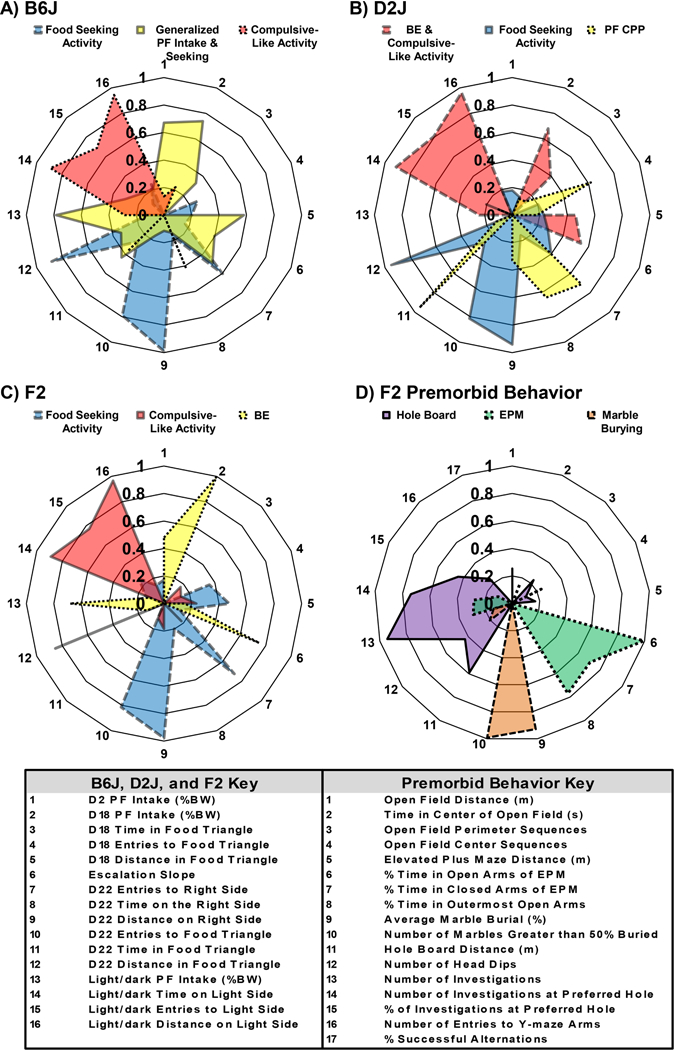Figure 7. Exploratory factor analysis of BE-associated phenotypes in B6J, D2J, and B6J x D2J-F2 mice.

Data are illustrated as the absolute value of loadings for each variable for ease of presentation. For additional details, including whether the loadings were positive or negative, see Table S1. A): For the B6J inbred strain, the blue factor explained 19% of the variance and comprised phenotypes related to CPP, namely D22 Entries to the Food Side, D22 Distance on the Food Side, D22 Entries to the Food Triangle, and D22 Distance in the Food Triangle. This factor was termed “Food Seeking Activity”. The yellow factor (Generalized PF Seeking & Intake) explained 19% of the variance related to PF seeking and intake and encompassed the variables D2, D18, and Light/Dark PF intake. The red factor (Compulsive-like Activity) explained 17% of the variance in compulsive-related behaviors and encompassed Time on, Entries to, and Distance on the Light Side. B): For the D2J inbred strain, the red factor (BE & Compulsive-like Activity) explained 23% of the variance related to BE and compulsive behaviors and encompassed D18 PF Intake, Escalation Slope, and three non-ingestive compulsive behaviors in the Light/Dark apparatus. The blue factor (Food Seeking Activity) explained 19% of the variance and comprised CPP-related variables, including D22 Distance on the Right Side and in the Food Triangle as well as Entries to the Food Triangle. The yellow factor (PF CPP) explained 15% of the variance and comprised activity variables related to PF seeking, including D18 Entries to the Food Triangle, D22 Entries to the Right Side, and D22 Time in the Food Triangle. C): For F2 mice, the blue factor (Food Seeking Activity) explained 21% of the variance and encompassed factors related to Conditioned Place Preference, namely D22 Entries to the Right Side, D22 Distance on the Right Side, D22 Entries to the Food Triangle, and D22 Distance in the Food Triangle. The red factor (Compulsive-Like Activity) explained 16% of the variance encompassing variables related to compulsive behavior, specifically Time on, Entries into, and Distance on the Light Side of the Light/Dark apparatus. The yellow factor (Generalized Intake, BE, and Compulsive-Like BE) explained 15% of the variance related to BE and included D2 and D18 PF Intake, as well as PF Intake in the Light/Dark apparatus. D): For premorbid compulsive-like behavior in F2 mice, the purple factor explained 14% of variance related to measures in the hole board test. The green factor explained 14% of the variance and encompassed three of the four EPM measures, including % Time in the Open Arms, % Time in the Closed Arms, and % Time in the Outermost Area of the Open Arms. The brown factor explained 11% of the variance and encompassed both measures of the marble burying test.
